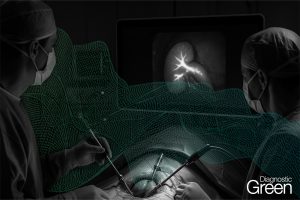Objectives: This study assesses the safety and efficacy of using indocyanine green (ICG) for preoperative CT-guided localization of multiple pulmonary nodules.
Methods: We included patients who underwent CT-guided preoperative ICG localization followed by video-assisted thoracoscopic surgery (VATS). Four primary outcomes were evaluated: technical success, pneumothorax, pulmonary hemorrhage, and postoperative hospital stay (PHS). Patients were classified into single nodule and multiple nodules groups, with further subgroups based on the side of localization including unilateral and bilateral subgroups. Univariate and multivariate analyses were used to evaluate risk factors for PHS and pneumothorax.
Results: A total of 374 patients (54.8 ± 11.4 years, 99 with multiple nodules). The success rate in the multiple nodules group was 98.3%, similar to single nodules. Apart from PHS, no significant differences were observed in outcomes between patients with single and multiple nodules. Longer PHS was observed for patients with multiple nodules (3 [2-4] days vs. 3 [3-4] days, p = 0.022). Multivariable analysis indicated longer stays were associated with pulmonary hemorrhage during localization, surgical blood loss, postoperative complications, and non-segmentectomy procedures. Advanced age emerged as the sole independent risk factor for pneumothorax. The success rate in the unilateral subgroup and the bilateral subgroup was 97.8% and 99%, respectively, with higher pneumothorax rates in the unilateral subgroup (38.3% vs. 20%).
Conclusion: CT-guided preoperative ICG localization of multiple pulmonary nodules is safe and effective. It can be applied to both unilateral and bilateral nodules, supporting simultaneous VATS resection.




